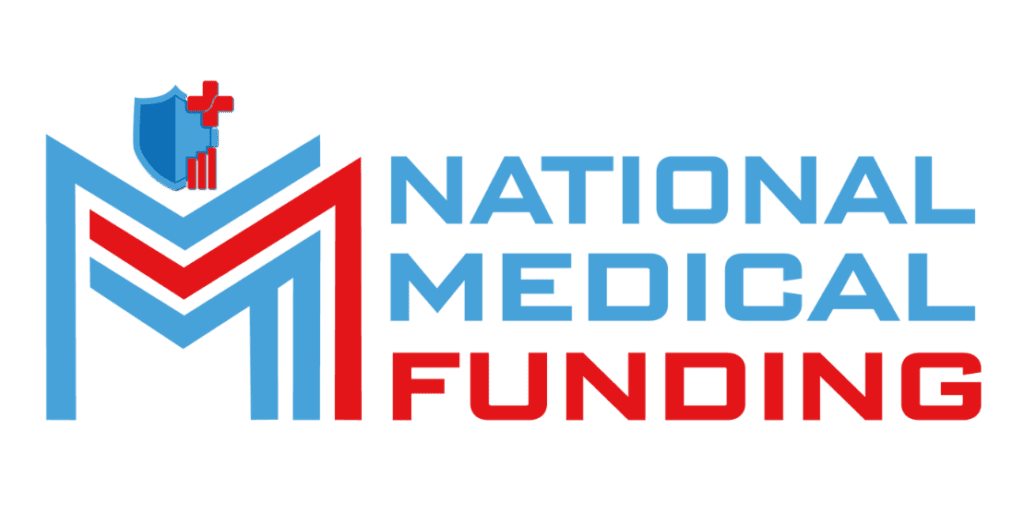
AI-Driven Billing Meets Smart Financing: The
When Innovation Meets Income Running a healthcare...

Saturday and Sunday – CLOSED
support@nationalmedicalfunding.com



Starting a veterinary clinic is one of the most rewarding journeys a healthcare professional can take. You get to combine your love for animals with your passion for medicine and entrepreneurship. However, while your medical expertise is vital, building a successful practice also depends heavily on strong financial planning. Whether you’re buying medical tools, leasing space, or hiring staff, you’ll likely need the right healthcare equipment financing and reliable healthcare lenders to get your dream clinic off the ground.
In this complete guide, we’ll break down everything you need to know about financing your veterinary startup — from creating a realistic budget and understanding your funding options to managing long-term financial stability.
Before diving into funding options, it’s essential to understand the importance of financial planning for your veterinary practice. It’s easy to focus on clinical goals, but without a sound financial strategy, even the best ideas can stall.
Think of financial planning as the map that helps you navigate your business journey. It outlines where your money will go, how much you’ll need, and how you’ll sustain your operations until your clinic becomes profitable. This plan gives lenders and investors confidence in your business model, increasing your chances of approval when seeking medical funding companies or loans.
Every startup needs capital, and veterinary practices are no exception. Understanding your upfront expenses helps you make informed borrowing decisions.
Typical startup costs include medical and surgical equipment, office furniture, diagnostic tools, software systems, and initial marketing. Don’t forget recurring costs like rent, staff salaries, and insurance. When you calculate these, you’ll get a realistic picture of the total investment required.
If you plan to buy expensive diagnostic or surgical tools, consider using healthcare equipment financing. This option allows you to spread payments over time, so you can start your clinic without draining your savings.
Not all lenders understand the unique needs of healthcare professionals. Veterinary practices have specific financial challenges — from fluctuating client visits to high equipment costs — that traditional banks often overlook.
That’s why partnering with specialized healthcare lenders can make a huge difference. These lenders know the veterinary industry and offer flexible terms, faster approvals, and loan structures designed for medical professionals.
If you’re unsure how they compare to traditional banks, you can read more in The Real Differences Between a Specialty Healthcare Lending Company and a Traditional Bank. It highlights why working with a healthcare-focused lender often makes financing smoother and more efficient.

Veterinary startups can explore several financing paths depending on their goals and credit profiles. Let’s look at some popular options.
These are best suited for established professionals with solid credit. They usually come with lower interest rates but stricter eligibility criteria.
Offered by medical funding companies, these loans are designed specifically for healthcare providers. They often cover equipment purchases, renovations, or working capital.
If your biggest expenses involve machinery or diagnostic devices, healthcare equipment financing is ideal. You can acquire high-quality tools immediately while paying in manageable installments.
This flexible option allows you to borrow as needed and pay interest only on what you use — perfect for covering seasonal cash flow gaps.
Each funding route has pros and cons, so choose based on your cash flow projections, risk tolerance, and long-term goals.
Budgeting is the backbone of financial control. Without it, expenses can quickly spiral out of hand. Start by setting clear goals for your first year of operation — revenue targets, expense caps, and emergency fund amounts.
A well-structured budget helps you identify where to cut costs and where to invest more. For example, instead of buying all your tools upfront, you can opt for healthcare equipment financing to maintain liquidity. This approach allows you to grow sustainably without running into early debt trouble.
Your budget should also include a buffer for unexpected costs — because in the veterinary world, surprises are part of the job.
Even with a solid budget, cash flow can make or break your practice. Many clinics experience delayed payments from clients or insurance providers, which can lead to short-term financial strain.
To maintain stability, monitor your inflows and outflows closely. Automate billing where possible and encourage upfront payments from pet owners. If you face consistent gaps, explore working capital loans or credit lines from healthcare lenders that specialize in medical cash flow management.
For deeper insights into maintaining steady income during payment delays, check out Bridging the Payer Gap: How Healthcare Finance Solutions Stabilize Your Practice’s Cash Flow.
High-quality veterinary equipment is essential — but it’s also one of the biggest financial hurdles for new clinics. Diagnostic machines, surgical tools, and software systems can quickly eat into your startup capital.
Instead of paying large sums upfront, many veterinarians now turn to healthcare equipment financing to spread costs over manageable payments. This approach lets you start your practice with modern, reliable tools without overextending your finances.
Before signing any financing agreement, calculate the return on investment (ROI) for each equipment purchase. For a helpful breakdown, visit Calculating the True ROI of Your Medical Equipment Financing.

Your credit history plays a crucial role in how lenders view your business. Building a strong credit profile early can help you access better financing terms in the future.
Pay bills and loans on time, maintain healthy account balances, and avoid maxing out credit lines. Consistent financial responsibility signals to medical funding companies and other lenders that you’re a reliable borrower.
Also, consider registering your business as an LLC or corporation. This separates personal and business credit, protecting your personal assets while strengthening your clinic’s financial credibility.
Once your veterinary practice is up and running, your financial journey doesn’t end — it evolves. As your client base grows, you’ll likely want to expand services, hire more staff, or open a second location.
To fund this growth responsibly, revisit your financing strategy regularly. Reassess whether your healthcare lenders still meet your needs or if refinancing can offer better rates. Having a long-term plan ensures you grow sustainably while keeping debt under control.
Remember, the goal is not just to open your doors — it’s to keep them open for decades with strong financial health and stability.
Launching a veterinary clinic takes passion, planning, and persistence. With the right mix of funding and strategy, you can turn your dream into a thriving, financially sound business.
By partnering with experienced medical funding companies and using healthcare equipment financing wisely, you’ll be able to equip your clinic, hire your team, and provide excellent care — all while maintaining healthy cash flow.
Your veterinary practice deserves a strong financial foundation. With smart planning and the right healthcare lenders, you’ll be well-positioned to succeed not just today, but for years to come.
When Innovation Meets Income Running a healthcare...
The Rise of Direct Pay and Membership-Based Models ...

Fuel your medical practice’s growth with financial solutions tailored to your needs. We’re here to support independent practitioners and group practices with strategies built for success.
Mon Fri: 8:00am – 6:00pm
Saturday: Closed
Sunday: Closed
Copyright © 2025 National Medical Funding